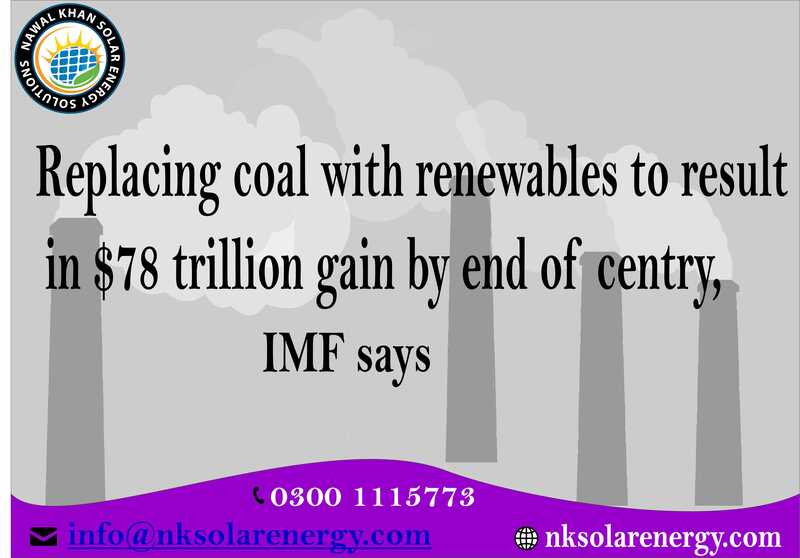A solar cell, also called as a photovoltaic cell, is an electrical device that uses the photovoltaic effect, a physical and chemical phenomenon, to convert light energy directly into electricity. It's a type of photoelectric cell, which is defined as a device with electrical characteristics such as current, voltage, or resistance that change when exposed to light. To generate electric power, light shining on the solar cell creates both a current and a voltage. This procedure needs two things: first, a material in which light absorption raises an electron's energy state, and second, the transfer of that higher energy electron from the solar cell onto an external circuit. After dissipating its energy in the external circuit, the electron returns to the solar cell.
Crystalline silicon is the mostly used photovoltaic material and the long-term market leader because it is abundant, non-toxic, and low-cost, and it enables for the manufacture of cells with high and consistent conversion efficiency. Single crystals, crystalline, and amorphous semiconductors can all be used to make solar cells. Solar cells built of silicon now offer a high efficiency, low cost, and extended lifetime combination.
Solar cells, unlike batteries or fuel cells, do not use chemical reactions or require fuel to generate electricity, and they do not have any moving parts, unlike electric generators.
Solar panels, which are typically made up of arrays of photovoltaic cells, harness the sun's energy to generate electricity for our everyday needs. Solar panels are environmentally good because they capture solar energy, which is abundant on our planet.
There are a number of strategies to raise the efficiency of PV cells, all of which come at a cost. Reduce the quantity of semiconductor impurities and crystal structural deformations, for example. A more efficient semiconducting semiconductor, such as Gallium Arsenide, is another option. Gallium arsenide has an ideal bandgap of 1.4 electron volts, which allows for a greater amount of the Sun's energy to be harvested, but its considerably rarer and more expensive than silicon.
P-n junctions, or many layers of semiconductor material, can also be employed to boost cell efficiency. Solar cells and panels are known to lose efficiency with time, producing less energy each year. This is caused by several variables, including UV exposure and weather patterns. According to research the median rate of degradation is 0.5 percent each year.
Solar technology has advanced in leaps and bounds in recent years, with improved solar cell efficiency, higher power production, and overall better quality.

 The main drawback of solar energy is that the sun does not shine all the time. This used to be the biggest impediment to the broad adoption of solar energy. Solar power plants couldn't access the sun's energy on overcast days or at night, bringing operations to a halt anytime a cloud moved overhead. As a result, solar-generated electricity was unavailable at periods, such as at night when demand was highest. Solar panels' photovoltaic cells require sunshine to generate power. Solar panels provide two options for evening energy. Solar panels work tirelessly throughout the day to generate electricity from the sun. They also advocate solar energy systems that can be used at night. Through net metering and solar battery storage, you can continue to benefit from their energy production after sunset.
The main drawback of solar energy is that the sun does not shine all the time. This used to be the biggest impediment to the broad adoption of solar energy. Solar power plants couldn't access the sun's energy on overcast days or at night, bringing operations to a halt anytime a cloud moved overhead. As a result, solar-generated electricity was unavailable at periods, such as at night when demand was highest. Solar panels' photovoltaic cells require sunshine to generate power. Solar panels provide two options for evening energy. Solar panels work tirelessly throughout the day to generate electricity from the sun. They also advocate solar energy systems that can be used at night. Through net metering and solar battery storage, you can continue to benefit from their energy production after sunset.

